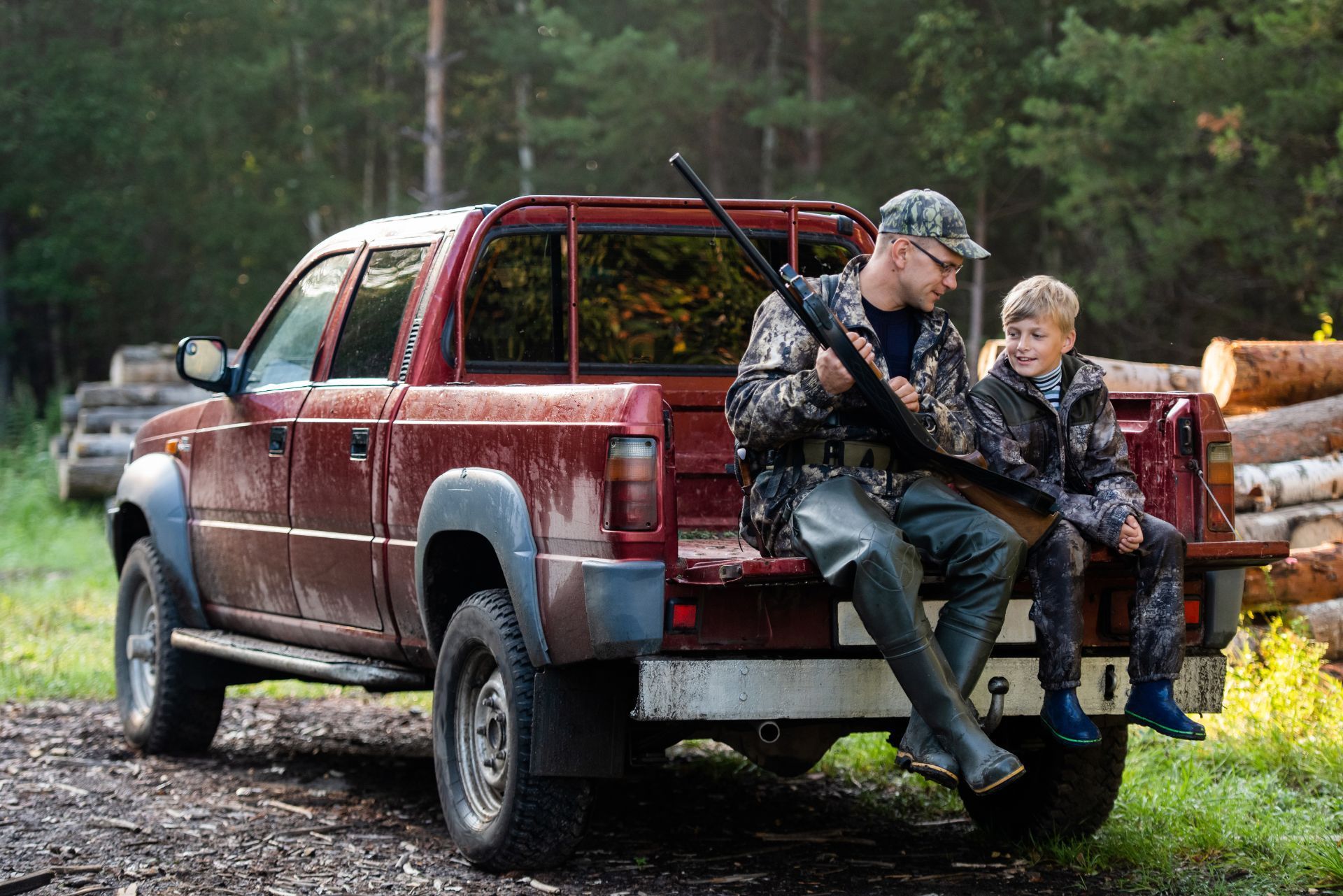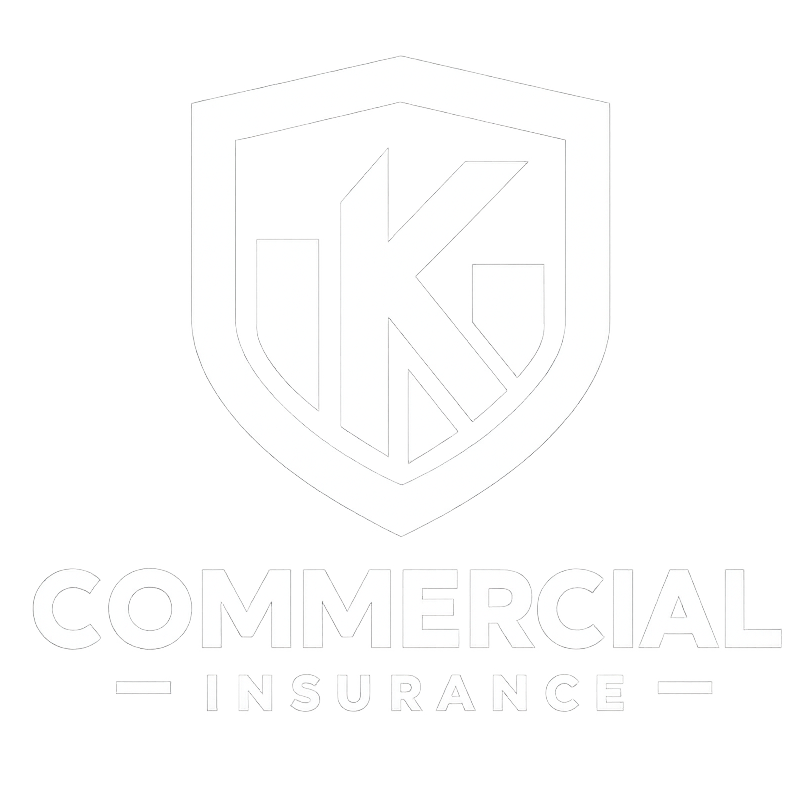Top 3 Recommended Policies

Hot shot trucking has become an increasingly popular choice for many entrepreneurs and logistics companies in Ohio. With the rise of e-commerce and the demand for expedited shipping, hot shot trucking offers a flexible and efficient solution for transporting goods. However, like any business, it comes with its own set of risks, making insurance an essential aspect of operations. This article will explore everything you need to know about hot shot trucking insurance in Ohio, including types of coverage, costs, and tips for finding the right policy.
Understanding Hot Shot Trucking
Hot shot trucking refers to the transportation of smaller loads that require urgent delivery. Typically, this involves using a pickup truck or a medium-duty truck to haul freight that is not large enough to fill a traditional freight truck. This method is particularly useful for businesses that need to move equipment, materials, or goods quickly.
Key Characteristics of Hot Shot Trucking
One of the defining features of hot shot trucking is its flexibility. Hot shot truckers can operate on short notice, often delivering loads within a few hours or days. This agility allows businesses to respond quickly to market demands. Additionally, hot shot trucking often involves transporting loads that require special handling, such as oversized or sensitive materials.
Moreover, hot shot trucking can be a lucrative venture. With the right planning and execution, truckers can maximize their earnings by taking on multiple loads in a single day. However, the fast-paced nature of this industry also means that truckers face unique challenges, particularly when it comes to insurance.
In addition to the financial aspects, hot shot trucking also demands a high level of organization and time management skills. Truckers must meticulously plan their routes to ensure timely deliveries while considering factors such as traffic conditions, weather, and potential road closures. This planning is crucial, as delays can lead to dissatisfied clients and lost business opportunities. Furthermore, maintaining communication with dispatchers and clients is essential to keep everyone informed about the status of the shipment, which can further enhance customer satisfaction and trust in the service.
Another important consideration in hot shot trucking is the regulatory environment. Truckers must comply with various federal and state regulations, including weight limits, permits for oversized loads, and safety standards. Keeping abreast of these regulations is vital for avoiding fines and ensuring the safe transport of goods. Additionally, many hot shot truckers choose to invest in specialized equipment, such as trailers designed for specific types of cargo, which can enhance their service offerings and attract a broader client base.

The Importance of Insurance for Hot Shot Truckers
Insurance is a critical component of any trucking operation, especially in the hot shot sector. The risks associated with transporting goods can be significant, including accidents, theft, and damage to cargo. Having the right insurance coverage not only protects the trucker but also provides peace of mind to clients and business partners. In an industry where time is often of the essence, knowing that you are adequately insured allows hot shot truckers to focus on delivering their loads efficiently without the constant worry of potential financial repercussions from unforeseen incidents.
Types of Insurance Coverage
Hot shot truckers in Ohio typically require several types of insurance coverage to adequately protect themselves and their business. The most common types include:
- Liability Insurance: This is the most basic form of insurance required for all truckers. It covers damages to other vehicles and property in the event of an accident where the trucker is at fault.
- Cargo Insurance: This type of insurance protects the cargo being transported. It covers losses due to theft, damage, or other unforeseen events.
- Physical Damage Insurance: This coverage protects the truck itself against damages from accidents, theft, or vandalism.
- Bobtail Insurance: This is necessary for truckers who drive their vehicles without a trailer attached. It covers liability when the truck is not under dispatch.
- Workers' Compensation: If the hot shot trucking operation has employees, this insurance is essential to cover medical expenses and lost wages in case of work-related injuries.
In addition to these standard coverages, hot shot truckers may also consider specialized insurance options tailored to their unique needs. For instance, some may opt for non-trucking liability insurance, which provides coverage when the truck is being used for personal purposes rather than for business. Moreover, as the industry evolves, newer forms of insurance such as environmental liability insurance are becoming increasingly relevant, particularly for those transporting hazardous materials. This type of coverage can protect truckers from the financial fallout of spills or accidents involving dangerous goods, which can have severe environmental and legal implications.
Legal Requirements in Ohio
In Ohio, all trucking companies are required to carry a minimum level of insurance coverage. The state mandates that commercial vehicles have at least $750,000 in liability insurance, although many hot shot truckers opt for higher limits to protect against potential claims. Additionally, specific cargo types may require additional coverage, so it is crucial to understand the legal requirements based on the nature of the goods being transported. For example, transporting high-value items such as electronics or pharmaceuticals may necessitate higher cargo insurance limits to ensure adequate protection against potential losses.
Furthermore, staying compliant with local and federal regulations is essential for hot shot truckers to avoid penalties and maintain their operating authority. The Federal Motor Carrier Safety Administration (FMCSA) also sets forth guidelines that can impact insurance requirements, particularly for interstate transport. As such, it is advisable for truckers to regularly review their insurance policies and consult with insurance professionals who specialize in the trucking industry to ensure they meet all necessary legal standards while also safeguarding their business interests effectively.
Factors Influencing Insurance Costs
The cost of hot shot trucking insurance can vary widely based on several factors. Understanding these factors can help truckers budget effectively and find the best coverage options.
Driving Experience and History
Insurance companies often assess the driving history of the trucker when determining premiums. A clean driving record with no accidents or violations can lead to lower insurance costs. Conversely, a history of accidents or claims may result in higher premiums. Furthermore, the length of time a driver has been in the industry can also impact rates; seasoned drivers with years of experience are often viewed as lower risk compared to those who are new to the field. This is because experienced drivers are typically better equipped to handle unexpected situations on the road, making them less likely to file claims.
Type of Cargo
The nature of the cargo being transported also plays a significant role in insurance costs. High-value or hazardous materials typically require more coverage, which can increase premiums. Truckers should be transparent about the types of goods they transport to ensure they have the appropriate coverage. Additionally, specialized cargo, such as livestock or perishable goods, may necessitate unique insurance provisions, further influencing overall costs. Understanding the specific risks associated with different types of cargo can help truckers make informed decisions about their insurance needs and avoid potential gaps in coverage.
Vehicle Specifications
The type of vehicle used for hot shot trucking can affect insurance rates as well. Newer, well-maintained trucks may qualify for lower premiums due to their reliability and safety features. Additionally, the weight and size of the vehicle can influence costs, with heavier trucks often incurring higher insurance rates. Beyond just age and size, the make and model of the truck can also play a role; some manufacturers are known for producing vehicles with advanced safety technologies, which can lead to discounts on insurance. Moreover, modifications made to the vehicle, such as performance enhancements or customizations, can either increase or decrease insurance costs, depending on how they affect the truck's safety and reliability on the road.
Finding the Right Insurance Provider
Choosing the right insurance provider is crucial for hot shot truckers in Ohio. With numerous options available, it can be overwhelming to navigate the market. Here are some tips to help find the best insurance provider:
Research and Compare Quotes
It is essential to gather quotes from multiple insurance providers to compare coverage options and costs. Many companies offer online tools that allow truckers to input their information and receive quotes quickly. This process can help identify competitive rates and suitable coverage options. Furthermore, it’s important to pay attention to the fine print in each quote, as some policies may seem cheaper at first glance but could lack essential coverage or include higher deductibles that could cost more in the long run.
Check Reviews and Ratings
Before selecting an insurance provider, it is advisable to check customer reviews and ratings. Online platforms and forums can provide insights into the experiences of other truckers with specific insurance companies. Look for providers with a reputation for excellent customer service and prompt claims handling. Engaging with fellow truckers in community groups can also yield personal recommendations and warnings about companies to avoid, helping you make a more informed decision.
Consult with an Insurance Agent
An experienced insurance agent specializing in trucking insurance can be an invaluable resource. They can help navigate the complexities of different policies, explain coverage options, and assist in finding a tailored solution that meets specific needs. Additionally, an agent can provide insights into industry trends and changes in regulations that may affect insurance requirements. They can also help you understand the nuances of various endorsements and riders that can enhance your policy, ensuring that you are adequately protected against unique risks associated with hot shot trucking.
Understand Your Coverage Needs
Before diving into the insurance market, it’s vital to have a clear understanding of your specific coverage needs. Hot shot trucking can involve transporting a variety of loads, each with its own risks and requirements. For instance, if you frequently haul high-value cargo, you may want to consider additional cargo insurance to protect against loss or damage. Similarly, if you operate in multiple states, ensure that your policy complies with varying state regulations. By assessing your operational needs, you can better determine the types of coverage that will provide the most comprehensive protection for your business.
Evaluate Financial Stability
Another critical factor to consider when selecting an insurance provider is their financial stability. An insurance company’s ability to pay claims is paramount, especially in the trucking industry where accidents and incidents can occur unexpectedly. Research the financial ratings of potential insurers through agencies like A.M. Best or Standard & Poor's. A company with a strong financial standing is more likely to be reliable in times of need, ensuring that you receive the support you require when it matters most. This diligence can save you from future headaches and financial strain during challenging times.
Tips for Reducing Insurance Costs
While insurance is a necessary expense for hot shot truckers, there are several strategies to help reduce costs without compromising coverage.
Increase Deductibles
One way to lower insurance premiums is to increase deductibles. A higher deductible means that the trucker will pay more out of pocket in the event of a claim, but it can significantly reduce monthly premiums. It is essential to ensure that the deductible amount is manageable in case of an accident.
Maintain a Clean Driving Record
As mentioned earlier, a clean driving record can lead to lower insurance costs. Truckers should prioritize safe driving practices and adhere to traffic laws to avoid accidents and violations. Some insurance companies also offer discounts for drivers who complete safety training programs.
Bundle Insurance Policies
Many insurance providers offer discounts for bundling multiple policies. For example, truckers may save money by purchasing both commercial auto insurance and general liability insurance from the same provider. This approach can simplify the insurance process and lead to cost savings.

Understanding Claims Process
In the event of an accident or damage to cargo, understanding the claims process is crucial for hot shot truckers. Knowing how to file a claim and what information is needed can expedite the process and minimize disruptions to operations.
Steps to File a Claim
When an incident occurs, the following steps should be taken to file a claim:
- Document the Incident: Gather all relevant information, including photos of the accident scene, contact information for involved parties, and any witness statements.
- Notify the Insurance Provider: Contact the insurance company as soon as possible to report the incident. Provide them with all necessary documentation and details.
- Follow Up: Stay in communication with the insurance adjuster assigned to the claim. They may require additional information or documentation to process the claim.
Common Reasons for Claim Denials
Understanding common reasons for claim denials can help truckers avoid pitfalls. Some frequent issues include:
- Failure to report the incident within the required timeframe.
- Insufficient documentation or evidence to support the claim.
- Policy exclusions that may not cover specific types of incidents.
Future Trends in Hot Shot Trucking Insurance
As the hot shot trucking industry continues to evolve, so too will the insurance landscape. Emerging trends are shaping how insurance is offered and what truckers can expect in the future.
Technology Integration
Advancements in technology are making it easier for truckers to manage their insurance policies. Many companies are adopting digital platforms that allow for real-time tracking of shipments, which can lead to more accurate underwriting and claims processing. Additionally, telematics systems can provide data on driving behavior, potentially leading to lower premiums for safe drivers.
Increased Focus on Safety
With the rise in accidents and incidents on the road, insurance providers are placing a greater emphasis on safety. Truckers who invest in safety training and implement best practices may find themselves eligible for discounts and better coverage options. This trend is likely to continue as the industry prioritizes reducing risks.
Regulatory Changes
As regulations surrounding the trucking industry evolve, insurance requirements may also change. Truckers should stay informed about any new laws or regulations that could impact their insurance needs. Engaging with industry associations and attending seminars can provide valuable insights into upcoming changes.
Conclusion
Hot shot trucking in Ohio presents a unique opportunity for entrepreneurs and businesses looking to capitalize on the growing demand for expedited shipping. However, navigating the complexities of insurance is essential for protecting both the trucker and their cargo. By understanding the various types of coverage, factors influencing costs, and strategies for finding the right insurance provider, hot shot truckers can position themselves for success.
As the industry continues to evolve, staying informed about trends and changes in regulations will be crucial. With the right insurance coverage and a commitment to safety, hot shot truckers can thrive in this dynamic and rewarding sector.
Contact Us

